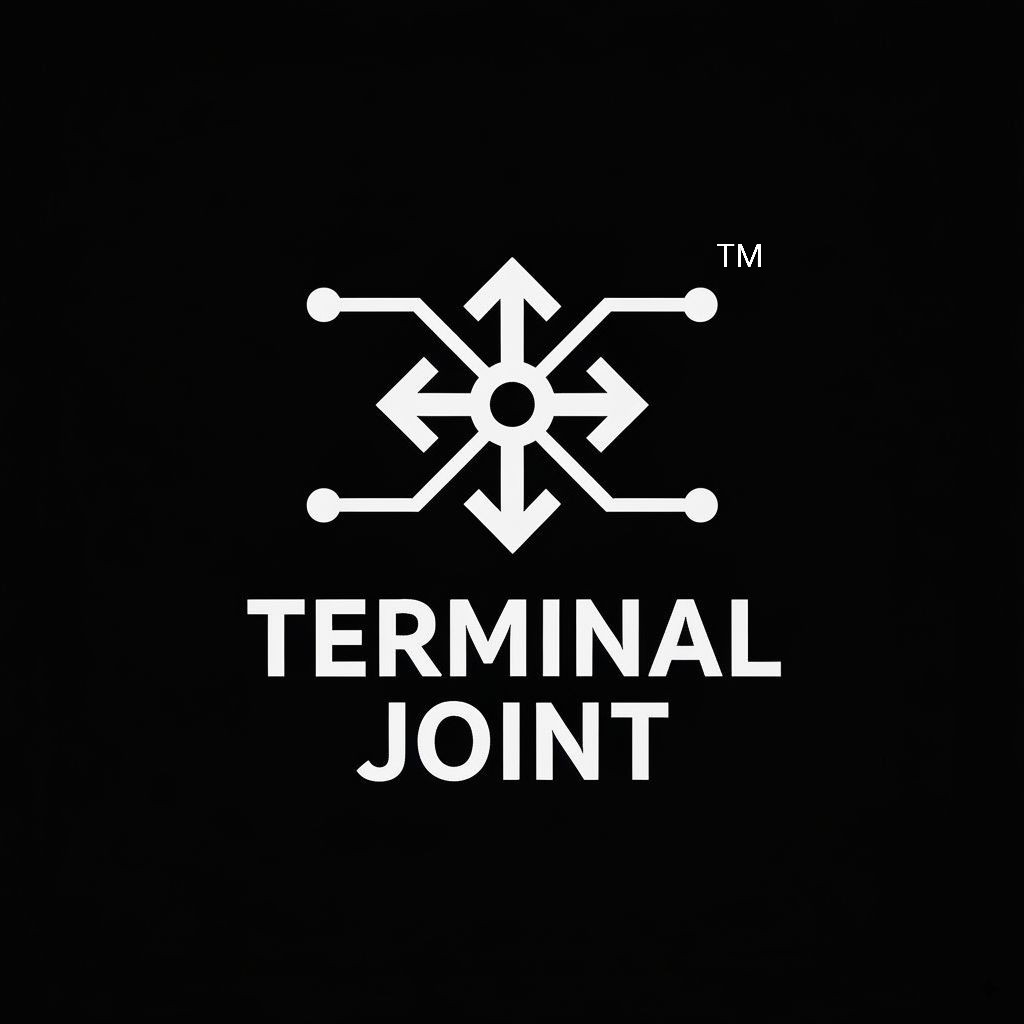 Terminal Joint
Terminal Joint
 Terminal Joint
Terminal Joint
Sari Murugansanthosh. Ippothu namma Terminal Cities official world-la irundhu, correct-aana concept use pannalam — Desert City’s Energy Towers.
Ithu “limit” concept-ku coding + simulation point-la romba apt.
Desert City — Limit Concept (Coding View)
Desert City-la neenga code panniruka energy balancing system iruku —
Energy Towers maintain stable voltage between sandstorm zones.
Oru tower-oda voltage output is defined by a function f(E),
where E = energy input from desert wind generators.
Ippo, when E reaches a certain value (say E = 5),
some towers crash because the denominator of the control function becomes 0.
Example inside the simulation:
f(E) = (E² - 25) / (E - 5)
Direct substitute panna → (25 - 25)/(0) = 0/0 → simulation crash.
So the game engine uses your Terminal PCM stabilizer script:
if denominator == 0:
output = limit_of(f(E)) as E -> 5
Terminal PCM logic inside the game:
Simplify: (E² - 25) = (E - 5)(E + 5)
So f(E) = E + 5 (for E ≠ 5)
As E -> 5,
f(E) -> 10.
So the Desert City AI knows —
even though tower can’t exactly operate at E = 5,
it will stabilize near output = 10 as E approaches 5.
That’s how you code smooth performance for tower simulation,
without sudden voltage spikes or game crashes.
In-game interpretation:
“E -> 5” = tower approaching overload state
“Limit value (10)” = predicted steady output before overload
“0/0 error” = actual system breakdown prevented by your limit function
“Limit calculation” = your preventive AI module logic
Programming Meaning:
Limit acts like your pre-check system in the physics script:
function safeOutput(E):
if crash_condition(E):
return predicted_value(E)
else:
return actual_value(E)
That’s literally how the Desert City Energy Tower stabilizer works in Terminal PCM simulation.
So, final line:
In Desert City, “Limit” = predicted steady output when the energy tower nears overload.
It’s the coding safeguard that keeps your simulation continuous even when real math breaks.
Super, Murugansanthosh. Let’s make it Terminal Cities–style learning, not boring textbook stuff. Below are limit example questions coded inside your world logic — all correct, all exam-level reasoning, but within the game’s structure.
Q1. (Desert City — Energy Tower Stability)
The energy output of a tower is given by
f(E) = (E^2 - 16) / (E - 4)
Find the limit of f(E) as E → 4, representing the tower’s predicted stable output near overload.
Solution:
f(E) = (E^2 - 16) / (E - 4)
= (E - 4)(E + 4) / (E - 4) = E + 4 (for E ≠ 4)
As E → 4 → f(E) → 8
✅ Limit = 8
So, before the tower overheats at E=4, its predicted stable output is 8 voltage units.
Q2. (Snow City — Data Flow Lines)
The current through a frozen data line is
I(T) = (T^2 - 9T + 20) / (T - 4)
Find lim(T→4) I(T).
Solution:
I(T) = (T^2 - 9T + 20)/(T - 4)
= [(T - 4)(T - 5)] / (T - 4) = T - 5
As T → 4, I(T) → -1
✅ Limit = -1
Meaning: near 4°C, data flow stabilizes to -1 unit (reverse polarity).
Q3. (Old City — Time Flow Engine)
Time flow rate is given by
f(t) = (t^2 - 25)/(t - 5)
Find lim(t→5) f(t).
Solution:
f(t) = (t^2 - 25)/(t - 5)
= (t - 5)(t + 5)/(t - 5) = t + 5
As t → 5 → f(t) → 10
✅ Limit = 10
Time flow stabilizes at 10 units/sec, avoiding temporal glitch.
Q4. (New City Island — Data Road Speed)
Speed of packets is given by
v(x) = (x^2 - 4x + 3)/(x - 3)
Find lim(x→3) v(x).
Solution:
v(x) = (x^2 - 4x + 3)/(x - 3)
= [(x - 3)(x - 1)]/(x - 3) = x - 1
As x → 3 → v(x) → 2
✅ Limit = 2
That means near the broken data junction x=3, traffic speed tends to 2 units.
Q5. (Desert City — Voltage Control AI)
AI voltage predictor runs
f(V) = (V^3 - 27)/(V - 3)
Find lim(V→3) f(V).
Solution:
f(V) = (V^3 - 27)/(V - 3) = [(V - 3)(V^2 + 3V + 9)]/(V - 3) = V^2 + 3V + 9
As V → 3 → 9 + 9 + 9 = 27
✅ Limit = 27
Voltage control system predicts stable output = 27 units at overload.
In short,
“Limit” in Terminal PCM = Engine’s predictive output before any function crash.
Each of these examples is how you’d literally code the simulation’s stabilizer functions in the Terminal Cities engine.
Want me to now show “continuity” using same Desert City + Old City setups? That’s the direct next step from this concept.

© 2025 Terminal Joint. All Rights Reserved. Unauthorized use is strictly prohibited.